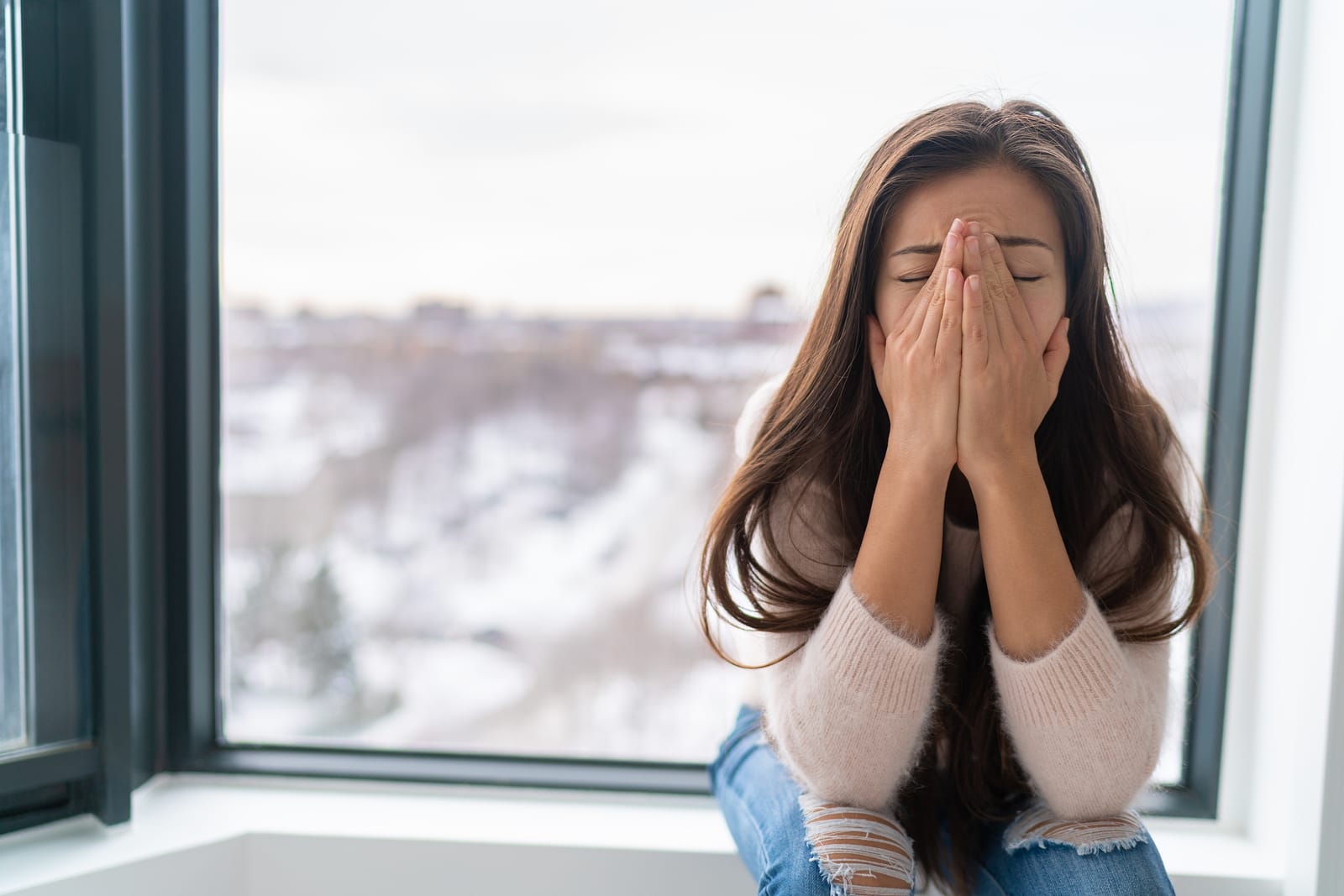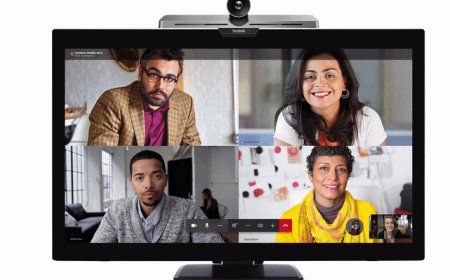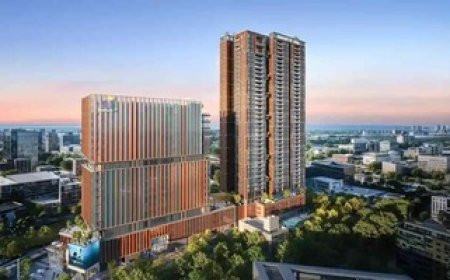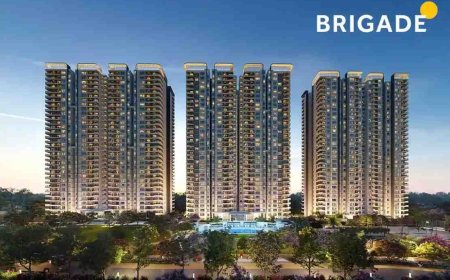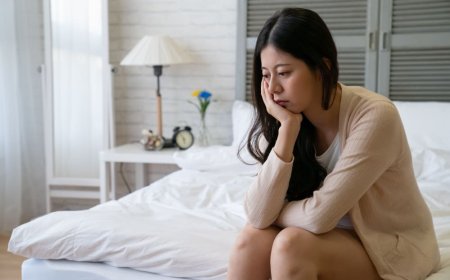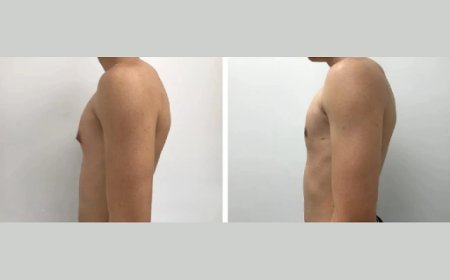Making the Home Environment Senior-Friendly
Discover how to create a senior-friendly home environment with practical safety tips, comfort upgrades, and care support for aging loved ones.

Creating a home that supports aging adults isnt just a kind gesture; its a necessity. As people grow older, their physical capabilities, mobility, and sensory perception often change, making a typical household potentially hazardous. From slippery floors to poorly lit staircases, the usual comforts of home can turn into safety risks. Therefore, ensuring a home environment is both safe and comfortable can significantly improve the quality of life for seniors. This article explores practical, evidence-based strategies to transform everyday living spaces into senior-friendly sanctuaries while promoting dignity and independence.
Why Adapting the Home Environment Matters
The home environment plays a pivotal role in promoting well-being and safety for older adults. According to studies, a majority of seniors prefer to age in place, staying in their own homes as they grow older. However, traditional home setups are rarely designed with the elderly in mind. From tripping hazards to hard-to-reach shelves, these inconveniences can become barriers to independence. Enhancing the home environment to meet the needs of aging residents helps prevent accidents, reduces stress, and encourages a sense of autonomy. Moreover, a well-adapted living space allows family caregivers to support loved ones with greater confidence and ease.
Enhancing Safety Without Compromising Comfort
Safety should be a top priority when redesigning a home environment for seniors. However, practicality doesnt have to come at the cost of comfort. Begin by evaluating the flooring, removing loose rugs, and opting for non-slip surfaces to prevent falls. Install grab bars in bathrooms and railings along stairways. Lighting should be soft yet sufficient, especially in hallways and stairwells. Also, consider smart home devices like motion-sensor lights and voice-activated assistants, which offer both convenience and safety. These simple changes can make a huge difference in maintaining a seniors independence while ensuring they feel at home in their space.
Role of Local Senior Care Services
While updating the home environment is essential, some situations call for additional support. In Huntington Beach, families looking to enhance the lives of aging loved ones often turn to senior care services Huntington Beach for personalized assistance. These services complement home modifications by providing expert care tailored to individual needs, ranging from medication management to mobility support. Whether for part-time help or full-time caregiving, incorporating professional assistance into the equation allows seniors to age in place more safely and comfortably. Combining a well-designed home environment with trusted local care ensures that all bases are covered.
Bedroom Modifications That Support Restful Sleep
A seniors bedroom should be a restful, accessible retreat. Position the bed at an appropriate height for easy entry and exit, and ensure that bedding materials are breathable and easy to manage. Nightstands should be within reach and have stable surfaces for items like glasses, water, and phones. In terms of lighting, install dimmable bedside lamps and motion-activated floor lights to guide night movements. Closet rods and dressers should be adjusted to avoid overreaching or bending. Ultimately, small changes in this critical part of the home environment can lead to significant improvements in both sleep quality and daily function.
Kitchen Adaptations for Safety and Independence
The kitchen is another area that demands thoughtful adaptation. Slippery floors, sharp utensils, and high cabinets can turn everyday cooking into a risky endeavor. To make the home environment more senior-friendly, begin with anti-slip mats and ensure frequently used items are stored at waist height. Lever-style faucets are easier to use than twist knobs, and induction stoves minimize burn risk by only heating pans. Add seating options, such as stools or small chairs, to reduce standing fatigue. These kitchen upgrades not only promote safety but also support independent living and preserve dignity for elderly residents.
Bathroom Accessibility and Hygiene
Bathrooms are commonly known for being the most hazardous rooms in a home. A single misstep can lead to serious injury. Therefore, making the bathroom more accessible is a critical part of transforming the home environment for seniors. Consider installing a walk-in tub or roll-in shower with a built-in seat. Handheld showerheads, grab bars, and non-slip mats are essential additions. Toilets can be raised to reduce strain on the knees and hips. With these improvements, older adults can maintain personal hygiene safely and privately, an essential aspect of preserving self-esteem and autonomy.
Creating a Relaxing Living Room Space
The living room is often the heart of the home and should be a welcoming, safe space. Begin by choosing furniture with firm cushions and armrests that make standing easier. Arrange seating to allow for clear walkways and remove any unnecessary furniture that could pose tripping hazards. If carpets are used, ensure they are secured with non-slip pads. Shelving and entertainment systems should be at accessible heights to avoid the need for reaching or bending. Thoughtful lighting, ergonomic remotes, and easy-to-operate curtains or blinds further enhance the usability of this essential home environment area.
Importance of Outdoor Accessibility
Don't forget the exterior when thinking about a senior-friendly home environment. Outdoor spaces like porches, gardens, and entryways should be accessible and safe. Install ramps or handrails where needed, and keep pathways clear and well-lit. Raised garden beds can encourage hobbies like planting without requiring kneeling or bending. Outdoor seating should be stable and weather-resistant. Whether it's a morning coffee on the porch or a walk through the backyard, access to fresh air and sunlight contributes to both physical and mental health for seniors. Outdoor safety enhancements further encourage mobility and activity, helping seniors stay connected with nature and their communities.
Technology Integration for Modern Senior Living
Incorporating modern technology into the home environment can enhance safety, communication, and overall quality of life. From smart thermostats that adjust temperatures automatically to fall-detection systems that alert caregivers, technology bridges gaps that physical modifications alone cannot. Video doorbells offer security, while tablet interfaces simplify communication with loved ones. However, these devices must be intuitive and easy to use, as complex technology can become a source of frustration. With thoughtful integration, digital tools become valuable allies in building a senior-friendly home environment that adapts to evolving needs.
Final Thoughts on Making the Home Environment Senior-Friendly
Adapting a home to be more senior-friendly isnt just a one-time project; its an ongoing commitment to well-being and dignity. By focusing on safety, comfort, and accessibility, families can create a supportive home environment where seniors feel secure, respected, and independent. From practical upgrades in the bathroom to smart technologies and personalized care services, each change contributes to a safer, happier life for aging adults. The earlier these adjustments are made, the more seamless and empowering the aging process becomesfor both seniors and their caregivers alike.








&srotate=0)
